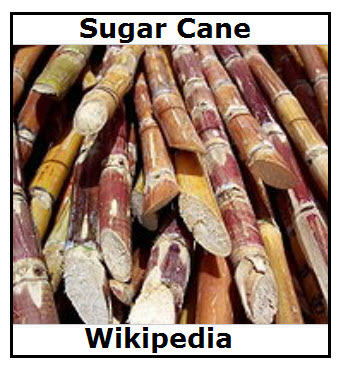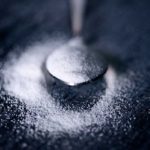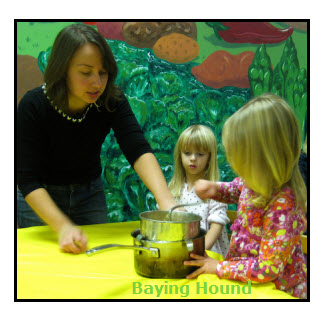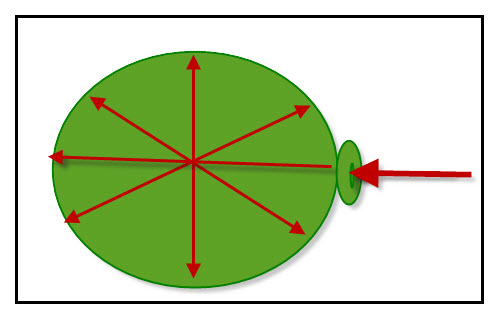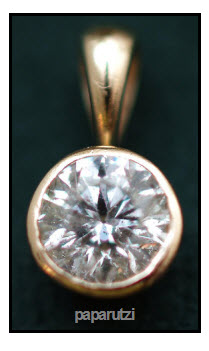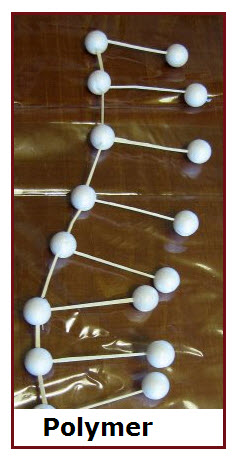Table sugar is commonly used to sweeten food. There are different kinds of sugars, including glucose, fructose, and sucrose. Glucose is commonly called blood sugar; fructose is sugar in fruit; sucrose is table sugar. Sucrose is a carbohydrate (simple), which is a chemical made of carbon, hydrogen and oxygen.The label of being a simple carbohydrate […]
How Soluble is Table Sugar?
What happens when you heat a sugar solution? When you add sugar to water, the sugar crystals dissolve and spread out evenly in the water. Question? How much table sugar (sucrose) will dissolve in water? Answer: You can’t dissolve an infinite amount of sugar into a fixed volume of water. When as much sugar has […]
Science at Home
Home study provides endless ways for you and your children to play and find out about science. You have a fantastic science laboratory in your kitchen with a bounty of chemicals and laboratory tools. I am not minimizing the importance of learning to use science equipment. My thought is that by mastering measuring skills using […]
Element: Argon
Atomic number 18 Atomic mass 39.948 g.mol -1 Electronegativity according to Pauling unknown Density 1.78.10 -3 g.cm -3 at 0 °C Melting point -189 °C Boiling point -185.7 °C Vanderwaals radius 0.192 nm Ionic radius unknown Isotopes 6 Electronis shell [Ne] 3s23p6 Energy of first ionisation 1520 kJ.mol -1 Energy of second ionisation 2665.8 kJ.mol […]
Book: A+ Chemistry Projects
The A+ in the title of this book lets you know that the content is enriched. The Experiments are easy and require materials you can purchase at a local store. If I’ve asked for something that may no longer be available, let me know and I will give you the next best substitute. Contact me […]
Gases Have Volume
Chemistry is the study of the composition, structure, properties, and interactions of matter. Matter is all the material in the universe. Simply, matter is the stuff that things are made up of. Matter has mass and volume. Mass is the amount of material (stuff) something is made of. Mass is not affected by gravity. Materials are […]
Fun Facts Diamonds
1. Diamonds cut before 1950 are shaped differently from most diamonds cut since then (today). The “Antwerp Cut” was developed in the 50s; they found a shallower geometry which distributes more light (more sparkle). See the gallery for a diagram. 2. You can be a real diamond miner for a day in Canada. There are […]
Solutions are Homogeneous Mixtures
Mixtures are a Combination of Two or More Parts. Solutions are a type of mixture in which one substance dissolve in the other. The substance in a solution that dissolve is called a solute (solid, liquid, or gas). The substance in a solution that does the dissolving is called the solvent (solid, liquid, or gas). […]
Polymers
Don’t let the term polymer scare you. Making polymers is great fun, but a bit messy. Even so, it is worth it. It you have not made Slime using glue and borax, you are in for a treat. If you have made it, try adding a secret ingredient so that it fluoresces. OOPS! Another one of […]
Atom Timeline
In searching for information about the history of ATOMS, I found several good timelines. First is a list of names and their contributions to the Atomic Theory. Timeline for Atomic History Second is an interactive list of contributors with more information about each person and what they contributed. Atomic Theory Timeline
- « Previous Page
- 1
- …
- 11
- 12
- 13
- 14
- 15
- …
- 19
- Next Page »
